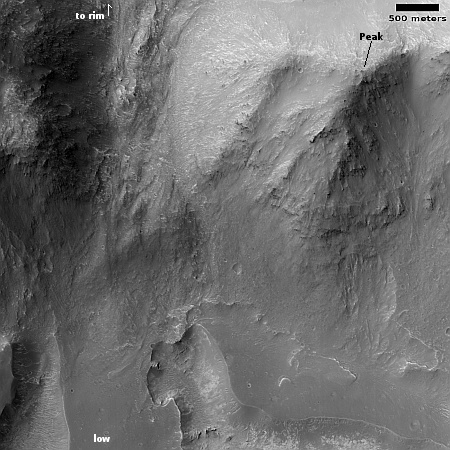Communications resume with Mars orbiters and rovers
It now appears that communications have resumed between Mars and the Earth, the planets having moved do that the Sun is no longer in between. From an update by the Curiosity science team today:
Mars has just emerged from its solar conjunction period, when sending commands to all Mars spacecraft was not safe for three weeks since the Red Planet was behind the Sun as seen from Earth. During that time, Curiosity followed a long plan of instructions covering Sols 4004-4022 which were uploaded to the rover during the week of October 30. The early word on is that the rover weathered the long blackout period just fine.
During the black-out the rovers had continued to upload data to the orbiters above, and some of that data was relayed back to Earth this past weekend, though the relay was “spotty” with some data packages lost.
Communications have now cleared up, and so we should expect both Curiosity and Perseverance to resume full operations again.
It now appears that communications have resumed between Mars and the Earth, the planets having moved do that the Sun is no longer in between. From an update by the Curiosity science team today:
Mars has just emerged from its solar conjunction period, when sending commands to all Mars spacecraft was not safe for three weeks since the Red Planet was behind the Sun as seen from Earth. During that time, Curiosity followed a long plan of instructions covering Sols 4004-4022 which were uploaded to the rover during the week of October 30. The early word on is that the rover weathered the long blackout period just fine.
During the black-out the rovers had continued to upload data to the orbiters above, and some of that data was relayed back to Earth this past weekend, though the relay was “spotty” with some data packages lost.
Communications have now cleared up, and so we should expect both Curiosity and Perseverance to resume full operations again.









